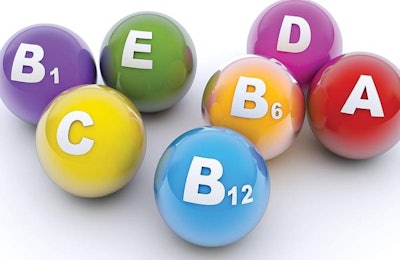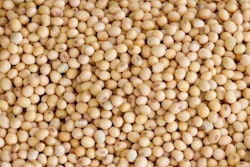
I have decided that 2019 will be the year I will be reviewing my vitamin and trace mineral profiles I use in my animal nutrition consulting service. This involves all species I am working with (pigs, poultry and dairy), and will probably expand to others that I have a passing interest in and occasionally work with (rabbits, ducks, beef, sheep and goats). No, I am not going to do anything about fish, shrimp and such other aquatics, and honestly, I have similarly no idea about pets. But, as to be expected, I will start with what I know best: piglets.
It is surprising that recommendations have remained constant over the years. I was just looking at an article I published in 1995 in the now defunct magazine Pig International, and I noticed I still use the same (or similar) recommendations. I think times, genetics, feeds and legislation require a brave review. And, as you might expect, I am not going to increase or decrease levels just for the sake of being modern. Instead, I will follow my late professor’s (Dr. D. H. Baker) advice to review the published literature first, and then I will apply my commercial experience (and the limits set by law) to evaluate each mineral and vitamin.
I will probably publish my specifications, or part thereof, in an article or in one of my forthcoming books, but that is not the point. If you too find yourself using specifications that are at least 10 years old, I would encourage you to review them, if only to make sure you are still using the correct levels — whatever these might be for your case.
This is what happens when you take time off during holidays: large scale projects that will probably take more time to materialize than you ever anticipated.

















